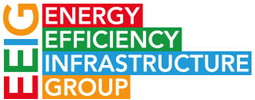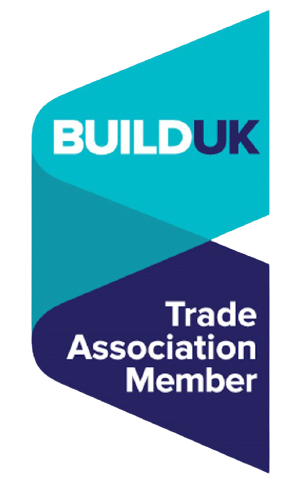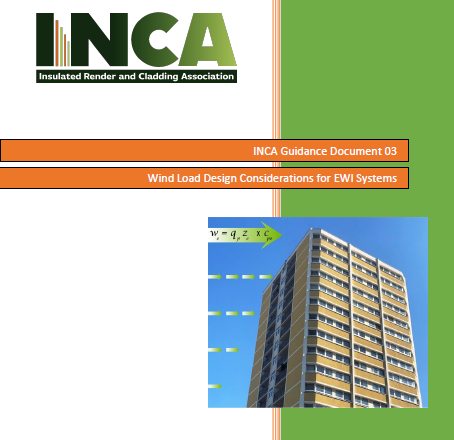
INCA announced the publication of Technical Guidance Document 03 in September 2021 entitled Wind Load Design Considerations for EWI Systems.
Apart from self-weight, wind loads on cladded structures are the most significant loading that a façade is likely to have to withstand. Action by high winds can impose both positive and negative pressures on a façade. Generally, negative suction pressures create the most onerous conditions by ‘pulling’ the system from the wall.
This comprehensive 9-page guide is intended to provide general guidance which includes sample wind load calculations and examines the effect of the results on the design of EWI systems
The INCA Technical Guidance Document 03- Wind Load Design Considerations can be downloaded by following the link below:
INCA Technical Guidance Document 03 – Wind Load Design Considerations for EWI Systems
Wind Load EWI – Useful Notes:
EWI Wind Load is defined as the pressure applied on the external wall insulation system due to the effects of wind.
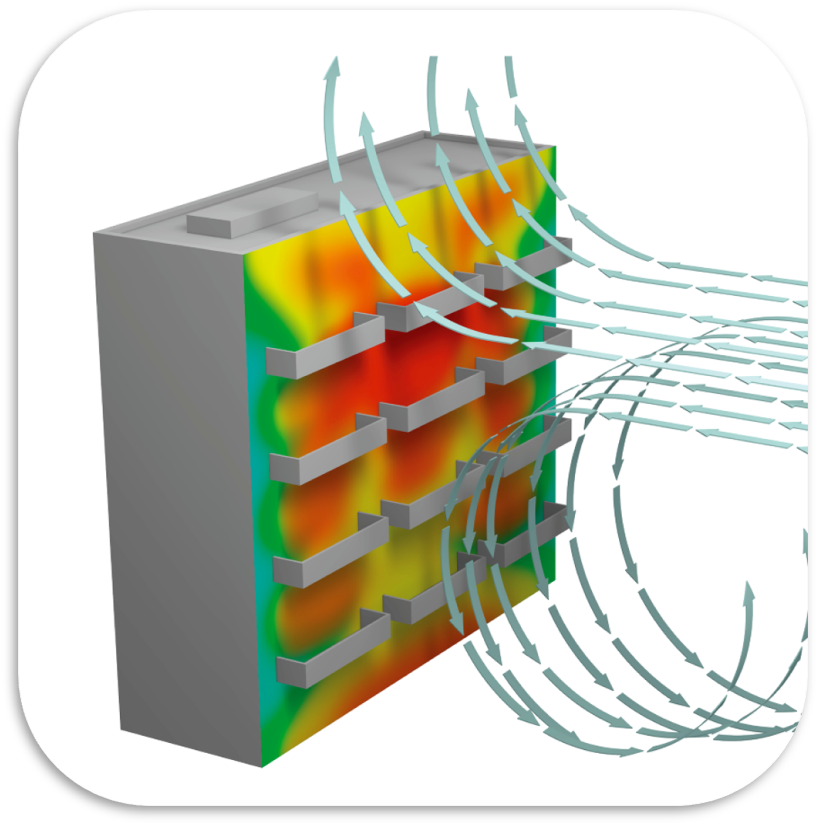
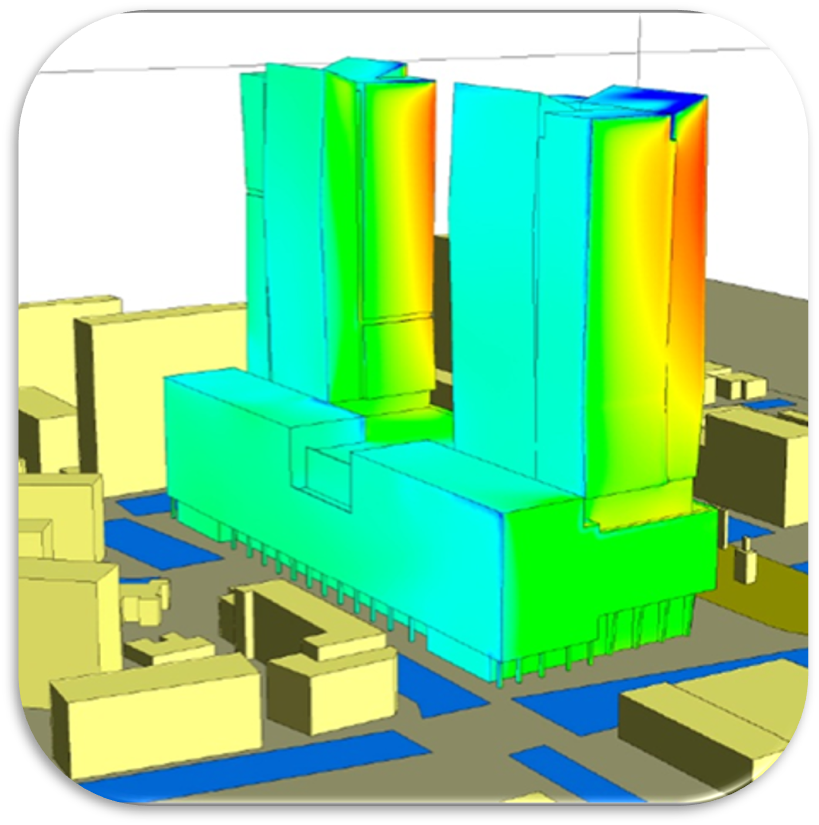
A building specific wind load calculation must be completed in accordance with BS EN 1991-1-4
The formula for estimating wind loading is F = A x P x Cd where:
- F = force or wind load,
- A = projected area of the facade,
- P = wind pressure
- Cd = drag coefficient.
Wind loads are measured in Newtons or Pascals – typically they are reported as kN/m2.
There are three types of loads:
- Uplift load – the pressure caused by wind that create a powerful lifting effect
- Shear load – a horizontal wind pressure
- Lateral load – a horizontal pushing and pulling pressure.
Wind loading is distributed across the entire surface area of structure. The magnitude of this load increases as height of structure increases. This means that extra care needs to be taken on high-rise buildings as taller structures suffer the effect of wind more than low-rise.
Design of any EWI system is required to resist predicted wind load pressure both in relation to the location and the height of the building and taking into account its location, orientation, surroundings and building design / shape along with the weight of the system. The specified fixings and fixing systems need to be designed to deal with these predicted loads in mind and installed accordingly.
Any installed EWI systems must be able to resist the effects of predicted wind pressure.
Important
This guide is issued by INCA to give general guidance on best practice. INCA and the organisations responsible for its content do not accept any liability arising in any way from relying on this guide. If you require advice on a specific issue, you should seek your own independent professional advice. Requests to use any part of this guide should be made in writing to:
Insulated Render and Cladding Association (INCA)
Tel: 0330 124 6585 Email: info@inca-ltd.org.uk
Website: www.inca-ltd.org.uk



